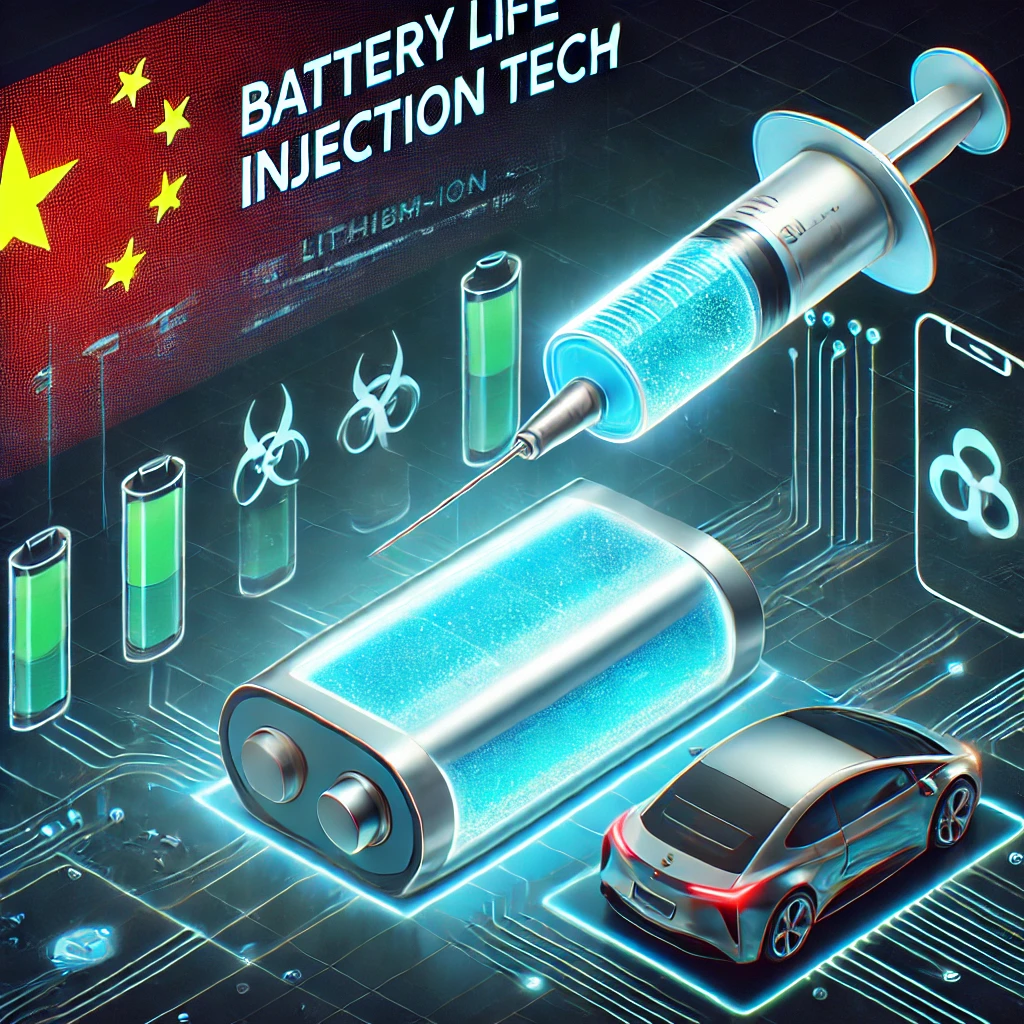Chinese scientists have developed a breakthrough repair technology that could dramatically extend the lifeLithium-ion batteries are the backbone of modern technology, powering everything from smartphones to electric vehicles (EVs). However, their limited lifespan and declining efficiency over time have long been a challenge. Now, a groundbreaking innovation by Chinese scientists promises to revolutionize the battery industry by extending the lifespan of these batteries by up to six times.
The Problem with Lithium-Ion Batteries
Lithium-ion batteries work by moving lithium ions between the positive and negative terminals during charging and discharging cycles. Over time, the supply of active lithium ions diminishes, leading to reduced performance and eventual battery failure. For instance, EV batteries typically last around 1,500 charge cycles before their efficiency drops significantly. While other battery components often remain functional, the lack of active lithium ions renders the battery unusable.
The Breakthrough: A Lithium ‘Injection’
Researchers from Fudan University, led by Gao Yue and Peng Huisheng, have developed a novel solution to this problem. Their innovation involves injecting a specially designed lithium carrier molecule into aging batteries to replenish the supply of active lithium ions. This “injection” effectively rejuvenates the battery, restoring its performance and significantly extending its lifespan.
The key to this technology lies in the lithium carrier molecule, which must meet several stringent requirements:
- It must dissolve well in the battery’s electrolyte.
- It must participate in chemical reactions without damaging the battery’s internal environment.
- It must be compatible with various battery materials and electrolytes.
After four years of research, the team identified the ideal candidate: trifluoromethylsulfonate lithium. This molecule is not only highly effective but also cost-efficient and easy to produce.
Impressive Results
The results of this technology are nothing short of remarkable. In tests, a commercially used lithium iron phosphate battery retained 96% of its performance after 11,818 charge cycles, compared to its typical lifespan of 2,000 cycles. For an EV that charges twice a day, this translates to a battery lifespan of up to 18 years, compared to the current average of 2.7 years before a 30% performance drop.
Environmental and Economic Benefits
This innovation has far-reaching implications for sustainability. By extending battery life, it reduces the need for frequent replacements, thereby minimizing electronic waste and environmental pollution. Additionally, the technology opens the door to the development of greener battery technologies that rely less on lithium, further enhancing the sustainability of the battery industry.
Commercial Potential
The research team is now scaling up production of the lithium carrier molecule and collaborating with leading international battery manufacturers to bring this technology to market. According to Fudan University, the technology has immense commercial potential, with applications in EVs, energy storage systems, and consumer electronics.
A Step Toward a Sustainable Future
This breakthrough not only addresses the limitations of current lithium-ion batteries but also paves the way for future innovations in energy storage. By offering a cost-effective and eco-friendly solution, it represents a significant step toward a more sustainable and efficient energy future.
As the world increasingly relies on battery-powered technologies, advancements like this will play a crucial role in ensuring their longevity and reducing their environmental impact. The future of batteries looks brighter—and longer-lasting—than ever before.
Reference: SCMP

